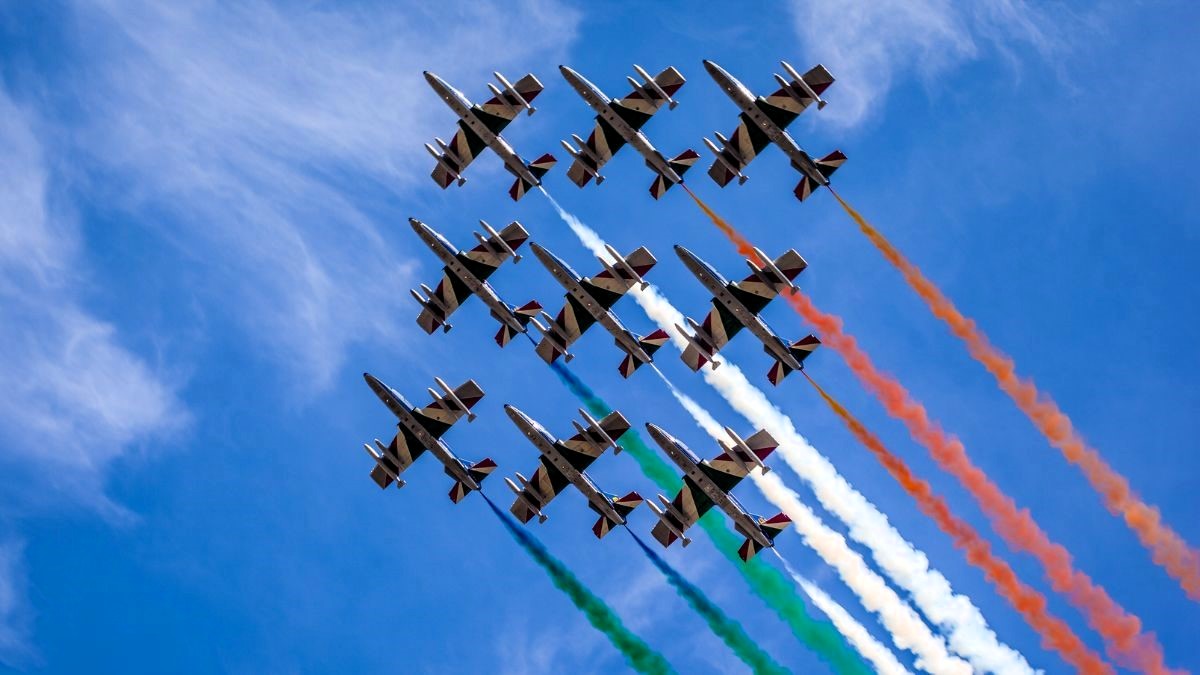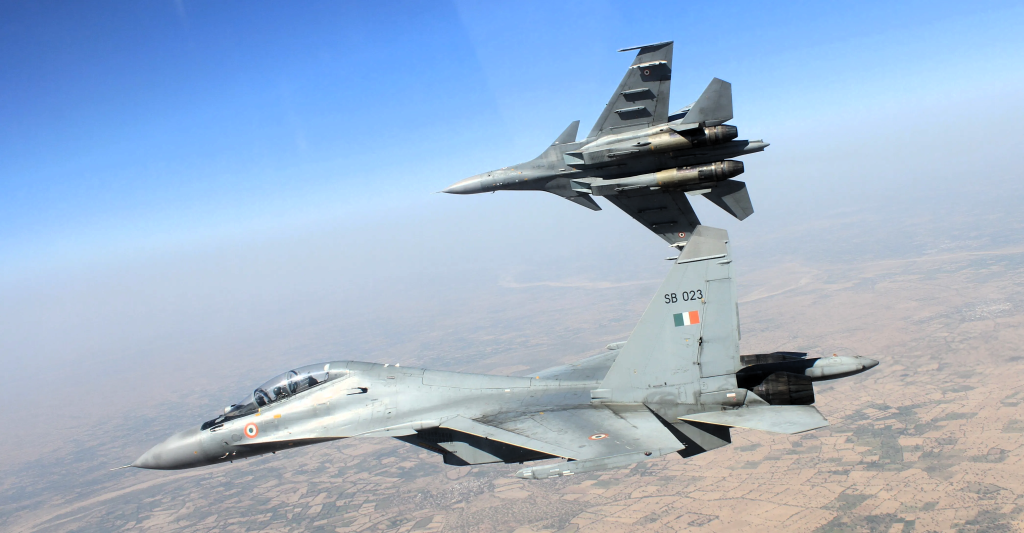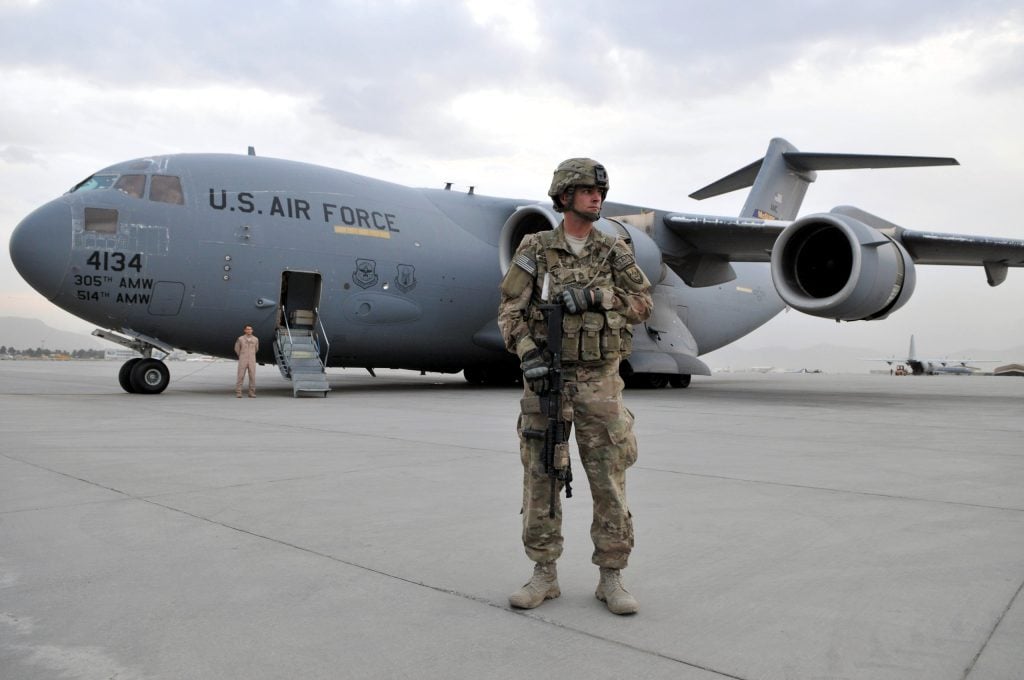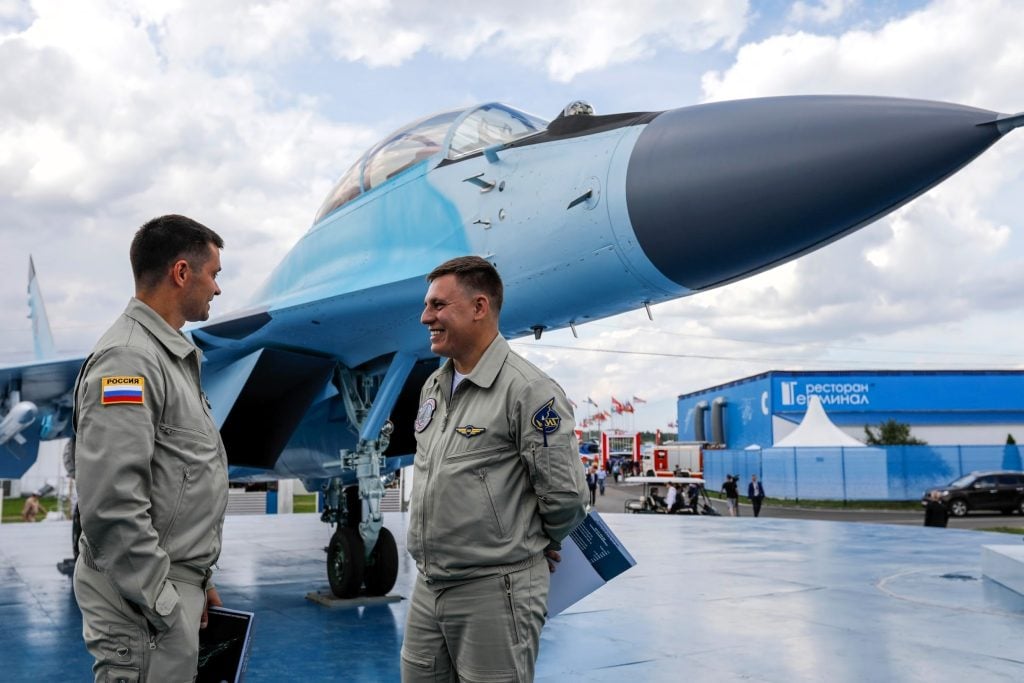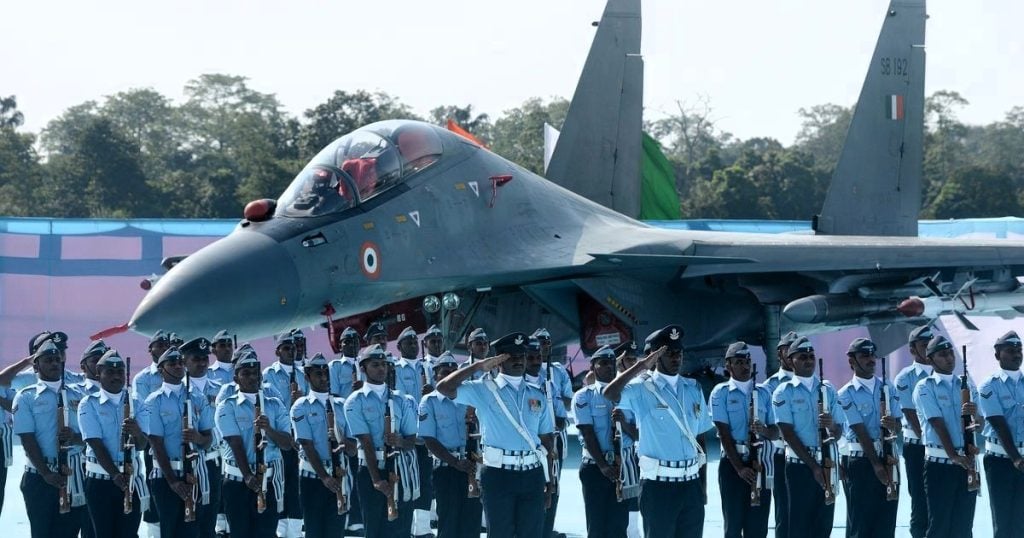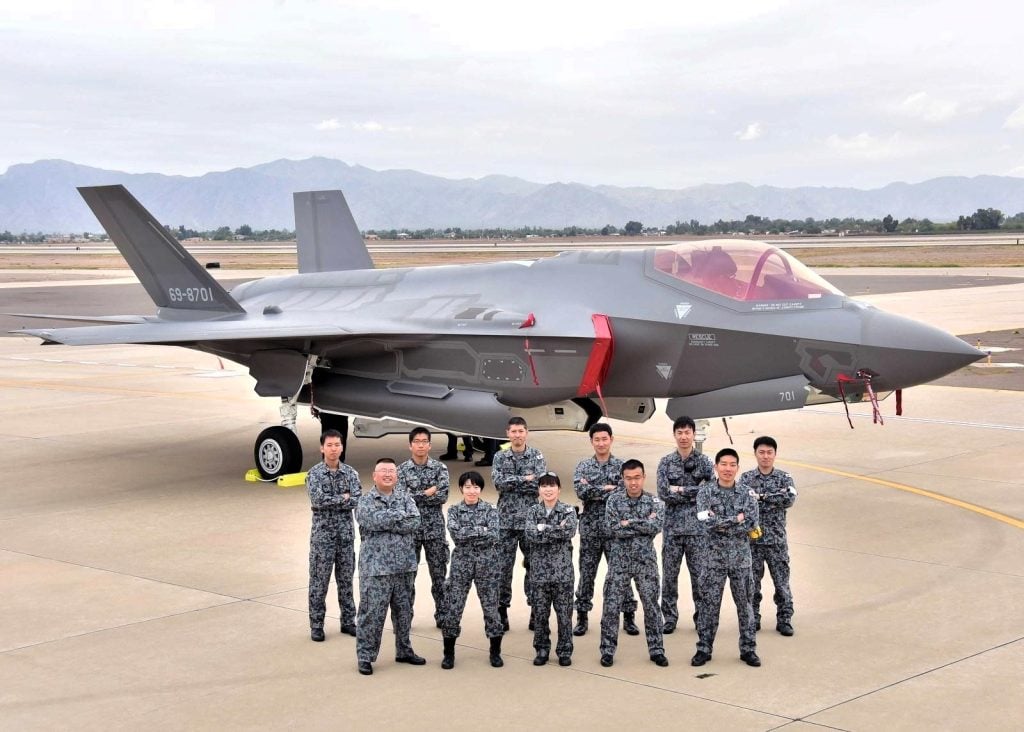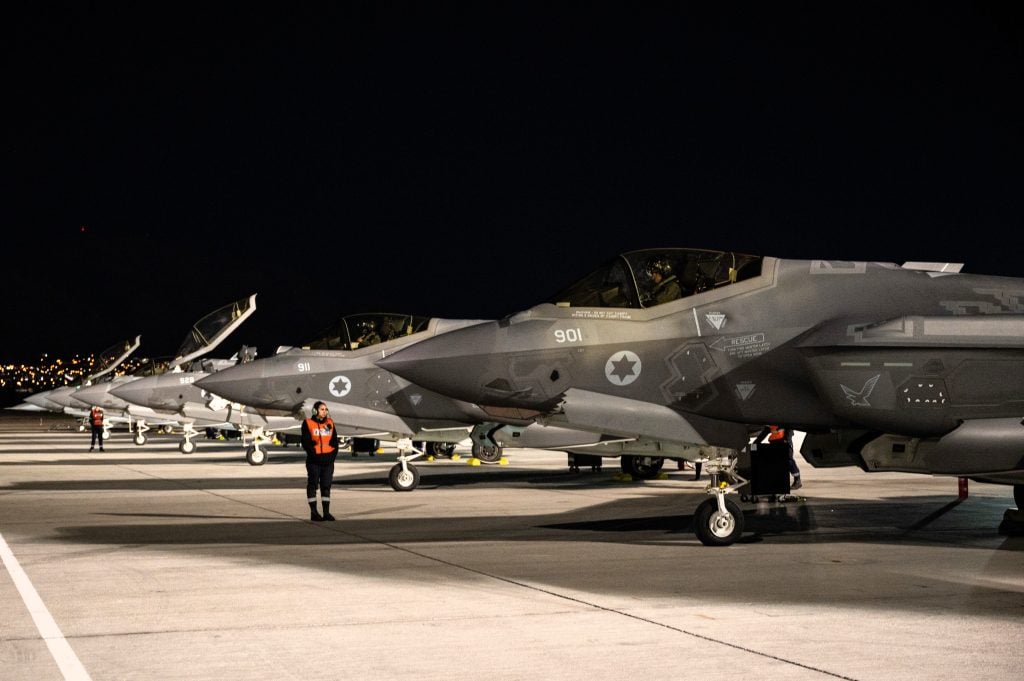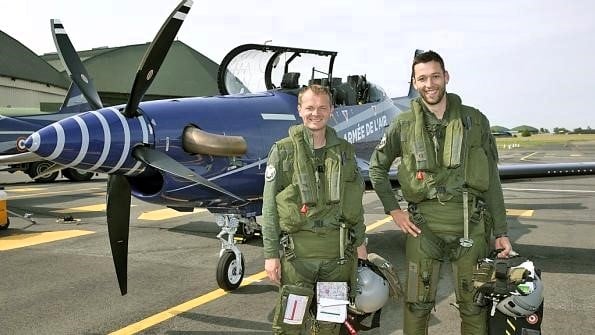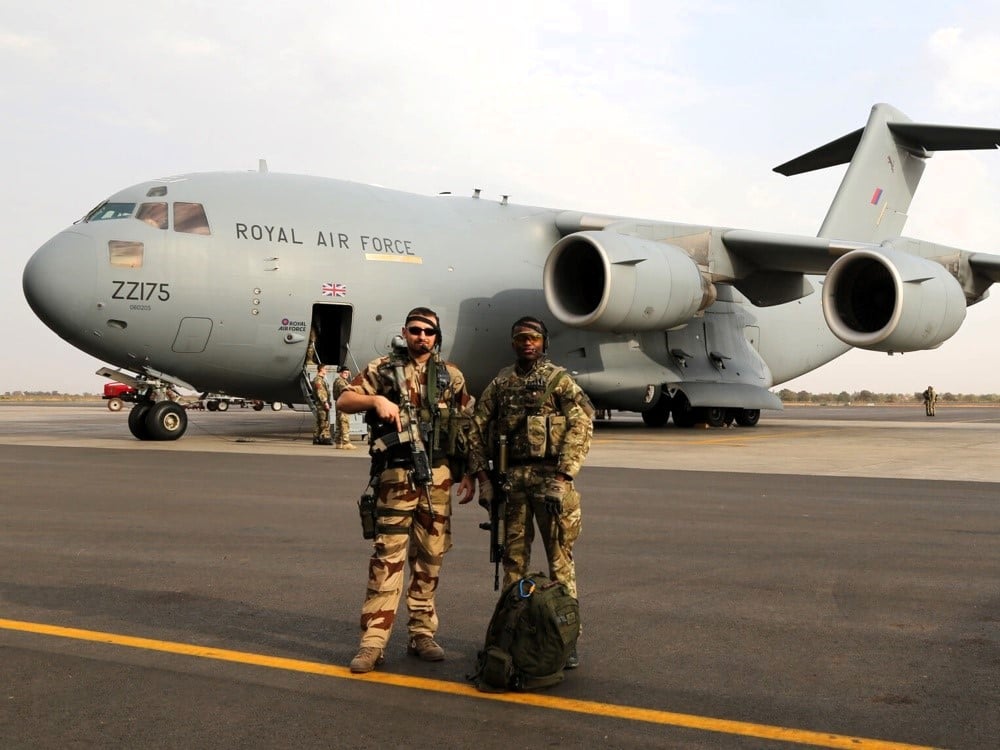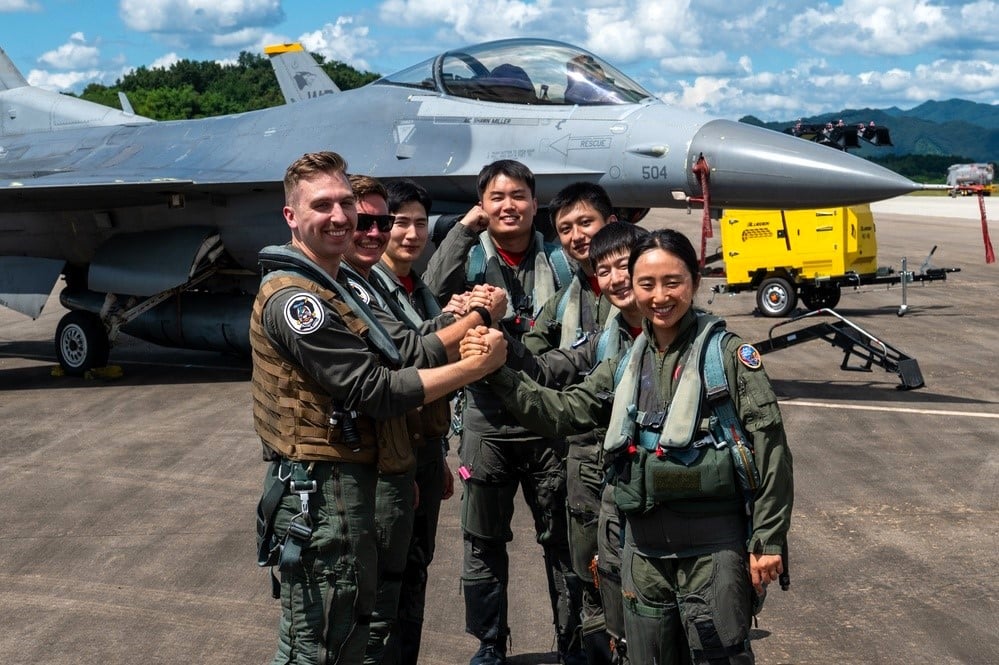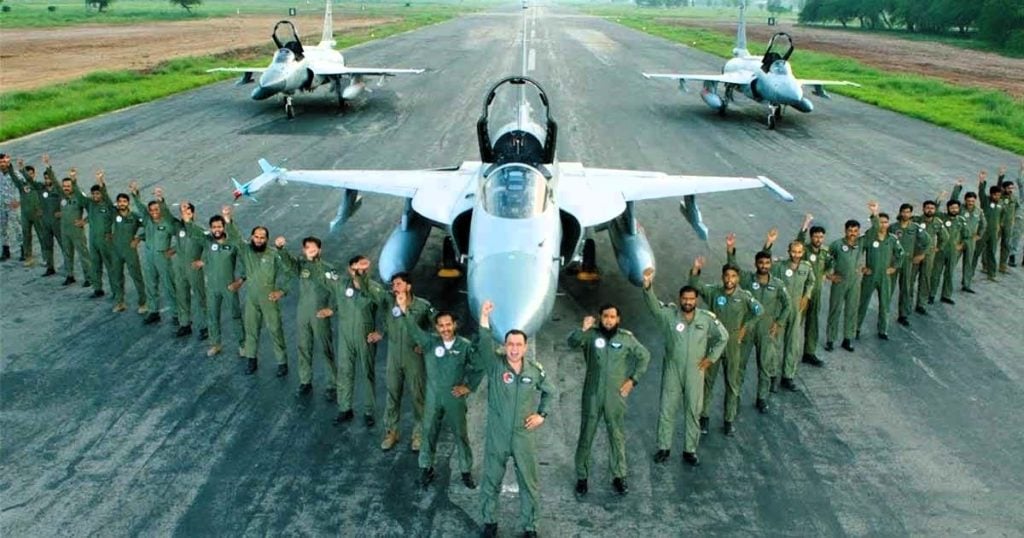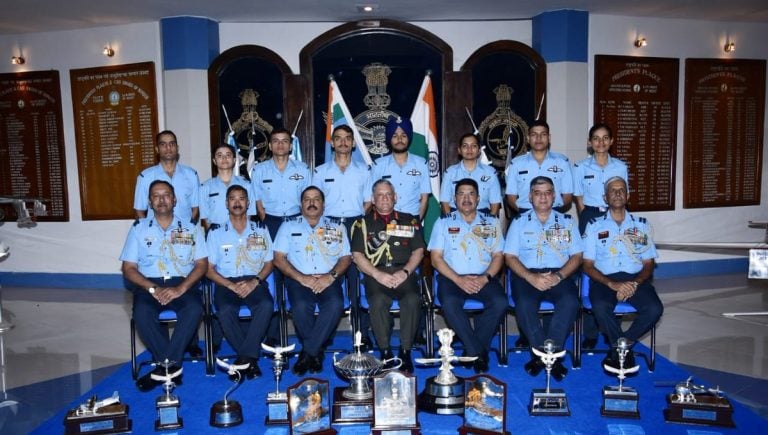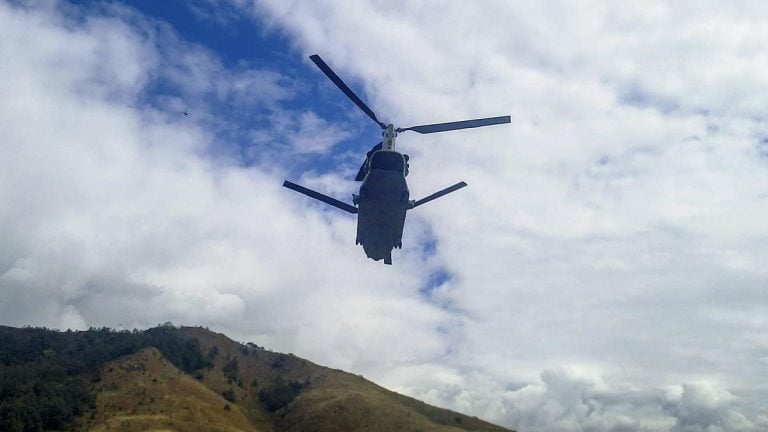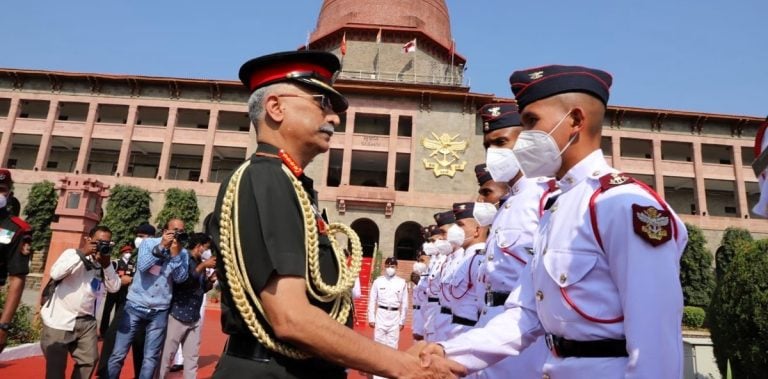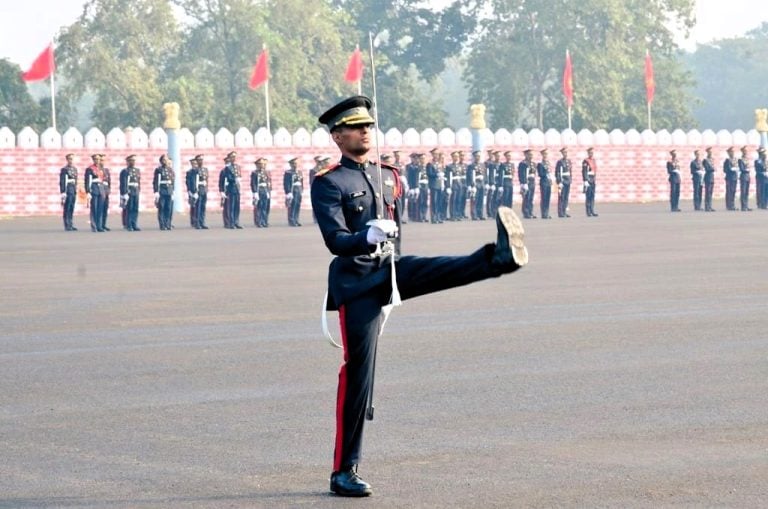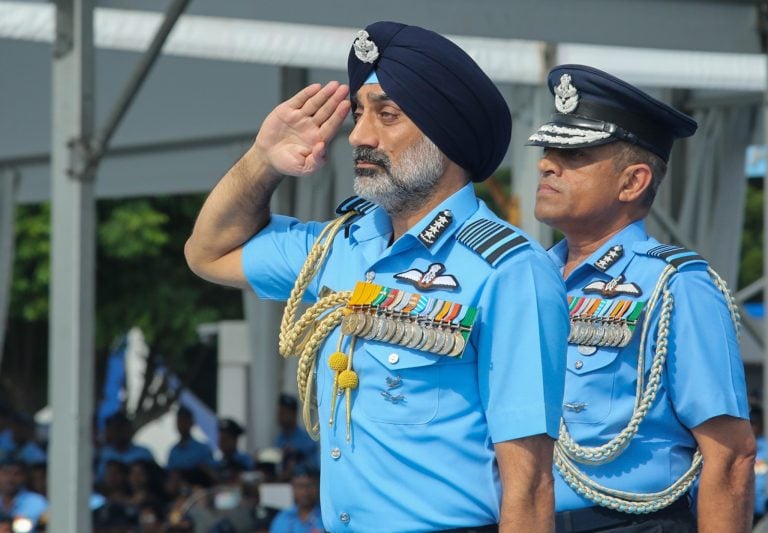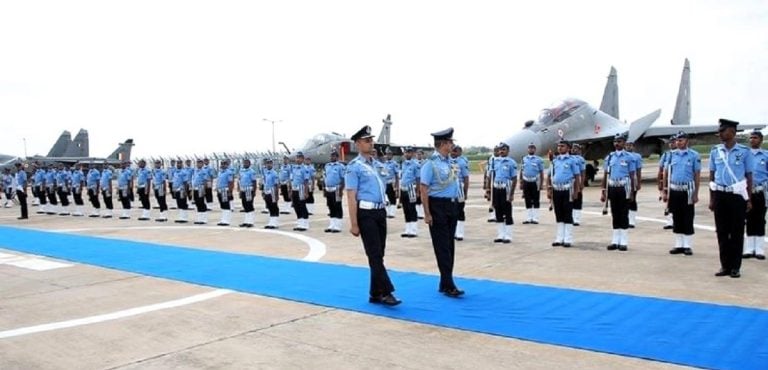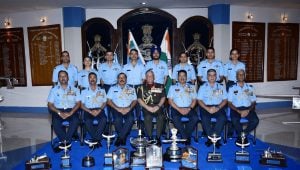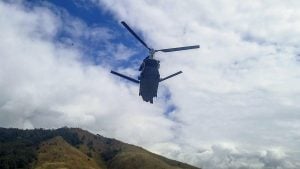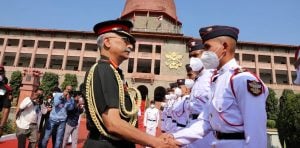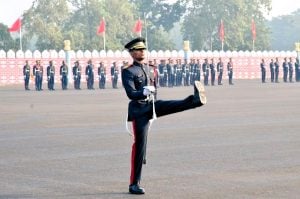The ranking of the strongest air forces in the world is a matter of constant analysis and debate among military experts. Various factors such as fleet size, technological advancements, combat capabilities, and strategic importance are taken into consideration while assessing the prowess of an air force.
The World Directory of Modern Military Aircraft (WDMMA) website, among others, provides comprehensive evaluations, offering insights into the strengths and weaknesses of different air forces globally. Let’s delve into the top 10 strongest air forces of the world based on their combat abilities, fleet compositions, and operational capacities.
1. United States Air Force (USAF)
Maintaining its longstanding position as the world’s most formidable air force, the United States Air Force (USAF) stands unrivaled in terms of sheer size and technological superiority. With an extensive fleet of 5,217 active aircraft, including 792 AH-64 Apache attack helicopters and 75 MQ-1C Gray Eagle drones, the USAF possesses unparalleled air power. While lacking specific fighter jets like the F-35 Lightning II or F-15 Strike Eagle, the sheer magnitude of its fleet secures its top rank.
2. Russian Air Force
The Russian Air Force, although a shadow of its former Soviet self, remains a potent force in the global aviation landscape. Boasting over 3,000 strategic bombers and 4,500 fighter planes, including iconic models like the MiG-29 Fulcrum and Su-25 Frogfoot, Russia maintains a formidable air defense capability. Notable advancements, such as the Mikoyan MiG-31 ‘Foxhound,’ underscore Russia’s commitment to modernizing its aerial arsenal, securing its second-place ranking.
3. Indian Air Force (IAF)
Surging to the third position in global rankings, the Indian Air Force (IAF) has demonstrated remarkable combat prowess and modernization efforts. With a vast fleet comprising over 1,850 aircraft, including multi-role fighters like the Rafael, Sukhoi, and HAL Tejas, the IAF safeguards India’s airspace with efficiency. Engaging in numerous operations and wars, including Operation Vijay and Operation Cactus, the IAF has showcased its capability to respond to diverse threats.
4. People’s Liberation Army Air Force (China)
The People’s Liberation Army Air Force (PLAAF) of China commands a substantial fleet of 1,991 military aircraft, supported by a robust personnel base exceeding 330,000 soldiers. Despite ranking behind Russia in total aircraft count, the PLAAF’s significant advancements over the last two decades underscore its growing influence and capabilities on the global stage.
5. Japan Air Self-Defense Force
The Japan Air Self-Defense Force (JASDF) operates over 300 air superiority and multirole fighters, aimed at defending Japan’s airspace and maritime territories. While constrained by constitutional limitations, such as Article 9, Japan’s air force continues to enhance its capabilities, particularly in air-to-air and anti-surface operations. Notable initiatives, including the establishment of the Japan Air and Space Self Defense Force, signify Japan’s commitment to aerospace superiority.
6. Israeli Air Force (IAF)
Renowned for its expertise and modern equipment, the Israeli Air Force (IAF) boasts a diverse fleet, characterized by American-designed aircraft customized with advanced electronics. With a focus on readiness and training, the IAF maintains a high level of operational efficiency, ensuring its preparedness to address evolving threats effectively.
7. French Air and Space Force
The French Air and Space Force stands as a pillar of European defense, operating some of the most advanced aircraft in the world. With a fleet comprising 1,057 aircraft, including the Dassault Mirage 2000 and Rafale, France maintains a robust aerial presence, bolstered by a rich history of aviation excellence and domestic industry prowess.
8. British Royal Air Force (RAF)
As the oldest air force globally, the British Royal Air Force (RAF) embodies a legacy of strategic bombing and technological innovation. With a fleet of 832 operational aircraft and a focus on leading-edge technology, the RAF remains a vital component of the United Kingdom’s defense architecture.
9. Republic of Korea Air Force (ROKAF)
The Republic of Korea Air Force (ROKAF) has undergone significant modernization, replacing outdated aircraft with advanced platforms like the F-16 and T-50 Golden Eagle. With a fleet of 740 aircraft and a commitment to defending South Korea’s sovereignty, the ROKAF plays a crucial role in regional security.
10. Pakistan Air Force (PAF)
Rounding out the top 10 is the Pakistan Air Force (PAF), which has strategically positioned itself amidst regional tensions and geopolitical complexities. With a diverse fleet, including F-16 Fighting Falcons and Mirage series aircraft, the PAF remains a key player in South Asian security dynamics, ensuring a balance of power in the region.
Conclusion
In conclusion, the ranking of the world’s strongest air forces is subject to various factors, including fleet size, technological advancements, and operational capabilities. While the top contenders maintain their dominance through sheer scale and innovation, emerging players like India and China signal a shifting landscape in global air power dynamics.
As geopolitical tensions evolve, the role of air forces in deterring threats and safeguarding national interests becomes increasingly pivotal, shaping the contours of international security in the 21st century.
FAQs
1. How are the air forces ranked in terms of strength?
The ranking of air forces is typically based on various factors such as fleet size, technological advancements, combat capabilities, operational readiness, and strategic importance. Organizations like The World Directory of Modern Military Aircraft (WDMMA) provide comprehensive evaluations to assess the strengths and weaknesses of different air forces globally.
2. What criteria are considered when evaluating the strength of an air force?
Key criteria considered include the number and types of aircraft in the fleet, including fighters, bombers, transport planes, and helicopters. Additionally, the technological sophistication of the aircraft, training and readiness of personnel, operational capabilities, budget allocation for defense, and strategic importance are also factors taken into account.
3. How often are these rankings updated?
Rankings of air forces may be updated periodically, depending on the availability of new data, advancements in technology, changes in defense policies, and geopolitical developments. Organizations and publications specializing in military analysis often release updated rankings on an annual or biennial basis.
4. Why is the United States Air Force consistently ranked at the top?
The United States Air Force (USAF) is often ranked as the strongest due to its exceptional size, technological superiority, extensive operational capabilities, and significant budget allocation for defense. With a vast fleet comprising various types of aircraft and advanced weaponry, coupled with rigorous training and operational experience, the USAF maintains a dominant position in global air power.
5. What are some notable advancements in the air forces listed in the top 10?
Notable advancements include the development and acquisition of advanced fighter jets, bombers, surveillance aircraft, drones, and air defense systems. Additionally, advancements in stealth technology, precision-guided munitions, electronic warfare capabilities, and unmanned aerial vehicles (UAVs) contribute to enhancing the combat effectiveness and operational reach of these air forces.
6. How do geopolitical factors influence the ranking of air forces?
Geopolitical factors such as regional tensions, security threats, alliance dynamics, and military strategies play a significant role in determining the ranking of air forces. Countries facing heightened security challenges or engaged in regional conflicts may prioritize investments in defense and modernization efforts to enhance their air power capabilities.
7. Are there any emerging trends in global air power dynamics?
Emerging trends include the increasing role of unmanned aerial vehicles (UAVs) and autonomous systems, advancements in stealth technology, the integration of cyber capabilities into air operations, and the growing importance of space-based assets for communication, surveillance, and reconnaissance. Additionally, collaborations and joint exercises among air forces of different countries are becoming more common to address shared security challenges.
8. How do air forces contribute to national security and defense?
Air forces play a critical role in safeguarding national sovereignty, deterring aggression, conducting strategic reconnaissance, providing air support to ground and naval operations, and responding to emergencies and humanitarian crises. They serve as a vital component of a country’s defense architecture, ensuring rapid mobility, flexibility, and the ability to project power over vast distances.

